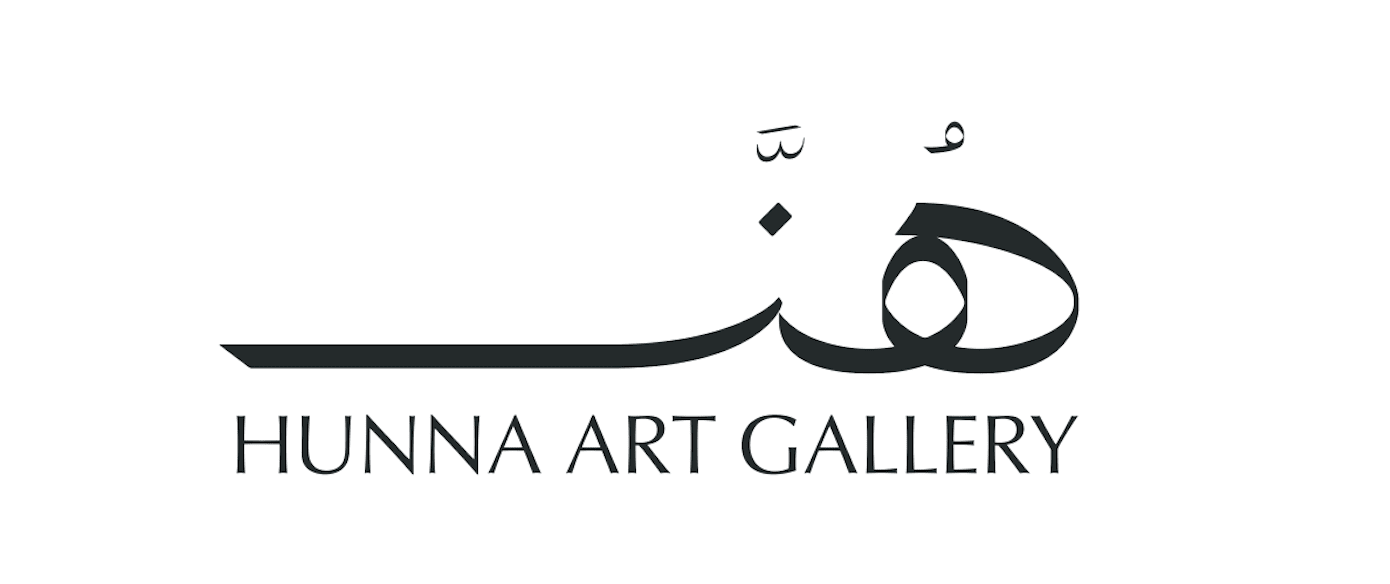Hunna Art gallery
Mezzanine floor, Design Center
Shuwaikh Industrial, Kuwait
Founded in 2021 by Océane Sailly, Hunna Art is an independent contemporary art gallery committed to amplifying the voices of a new generation of women artists from or connected to the Arabian Peninsula. The gallery fosters critical engagement and artistic experimentation, addressing themes such as power dynamics, gender, history, social relations, and cultures. Through cutting-edge visual languages, the artists represented by Hunna Art explore historical, social, and political narratives alongside personal experiences, challenging dominant representations and shedding light on new subjectivities.
In just a few years, Hunna Art has established itself as a pioneering platform with an innovative exhibition program across the Arabian Peninsula and Europe. The gallery places a strong emphasis on collaborations, residency networks, and participation in major international art fairs such as 1-54, Abu Dhabi Art, Art Dubai, Art Paris, and Menart. The opening of its first permanent space in Kuwait’s Design District in 2024 marked a significant milestone, anchoring Hunna Art within the region’s artistic landscape while continuing to foster meaningful dialogue around contemporary art practices.
Hunna Art was founded in response to the underrepresentation of regional artists, especially women, both locally and globally. The gallery represents a carefully curated roster of talented artists and regularly collaborates with emerging art critics and curators to create a dynamic international network of new-generation art professionals. This approach offers fresh and critical perspectives on the artists’ practices, helping to enhance their visibility and impact.
The gallery and its artists have been featured in numerous prestigious publications, including The Art Newspaper, Diptyk, Vogue Arabia, Canvas Magazine, and Beaux Arts Magazine. Their works are part of prominent private and institutional collections throughout the Arab world and beyond.

